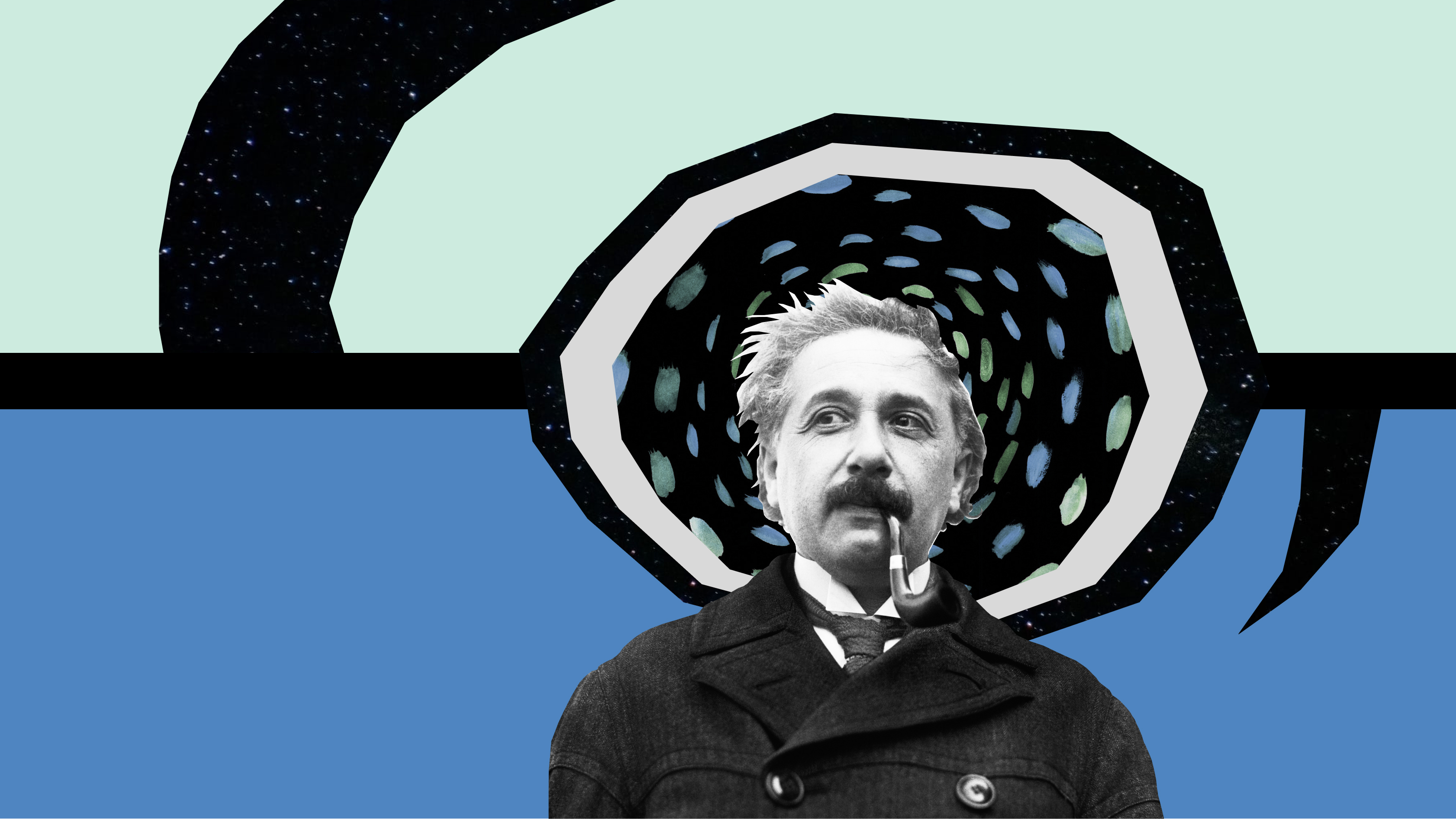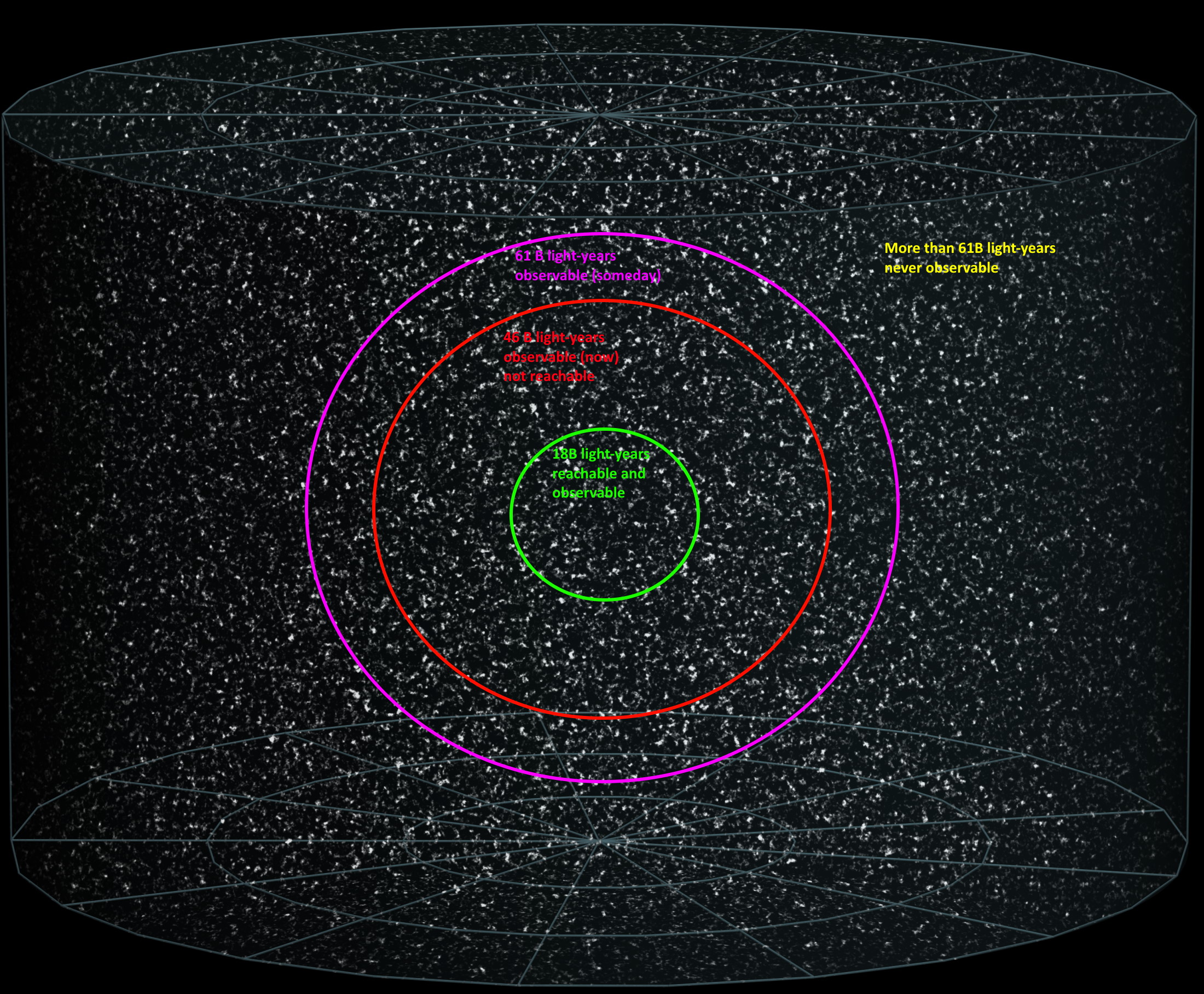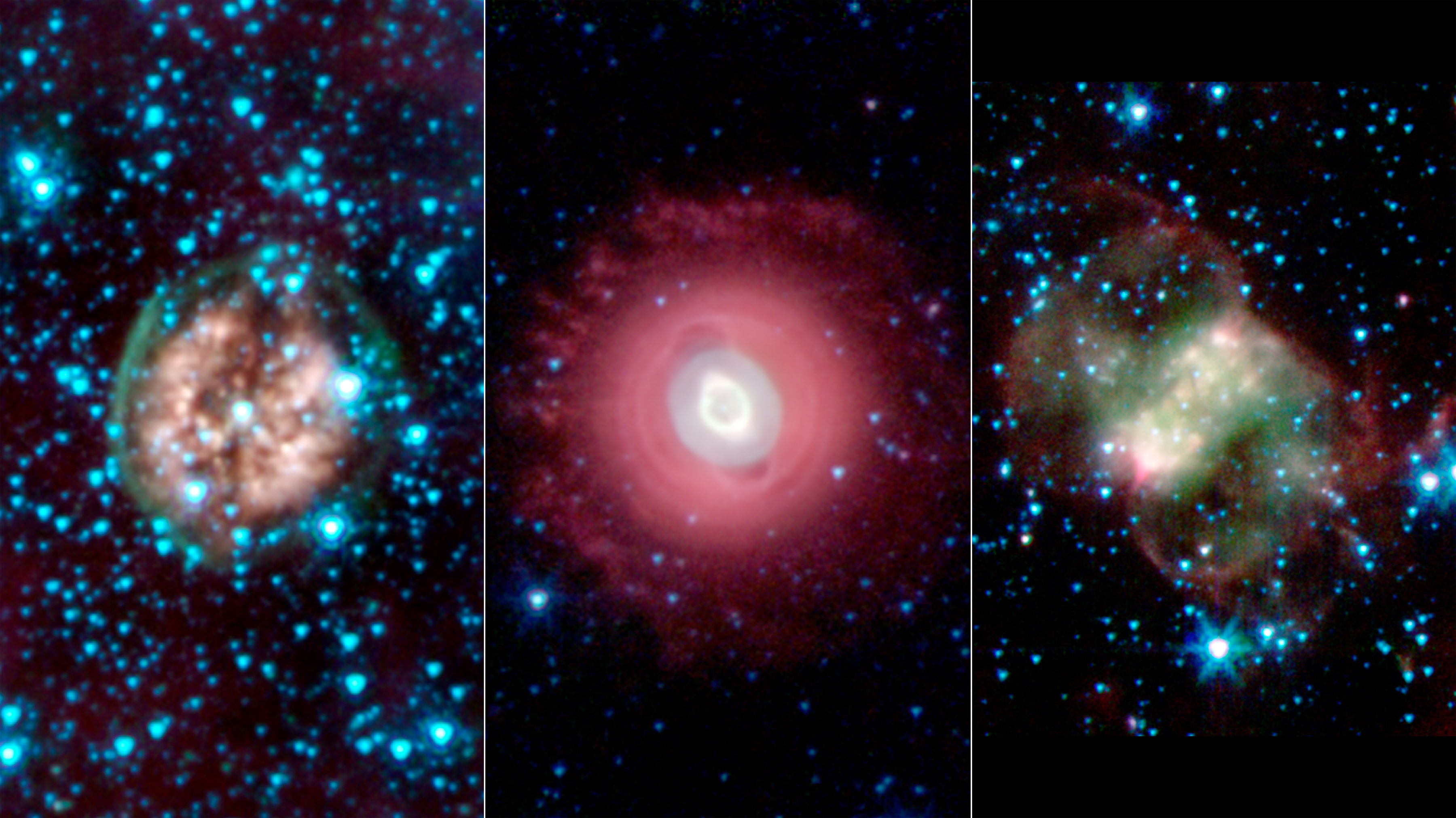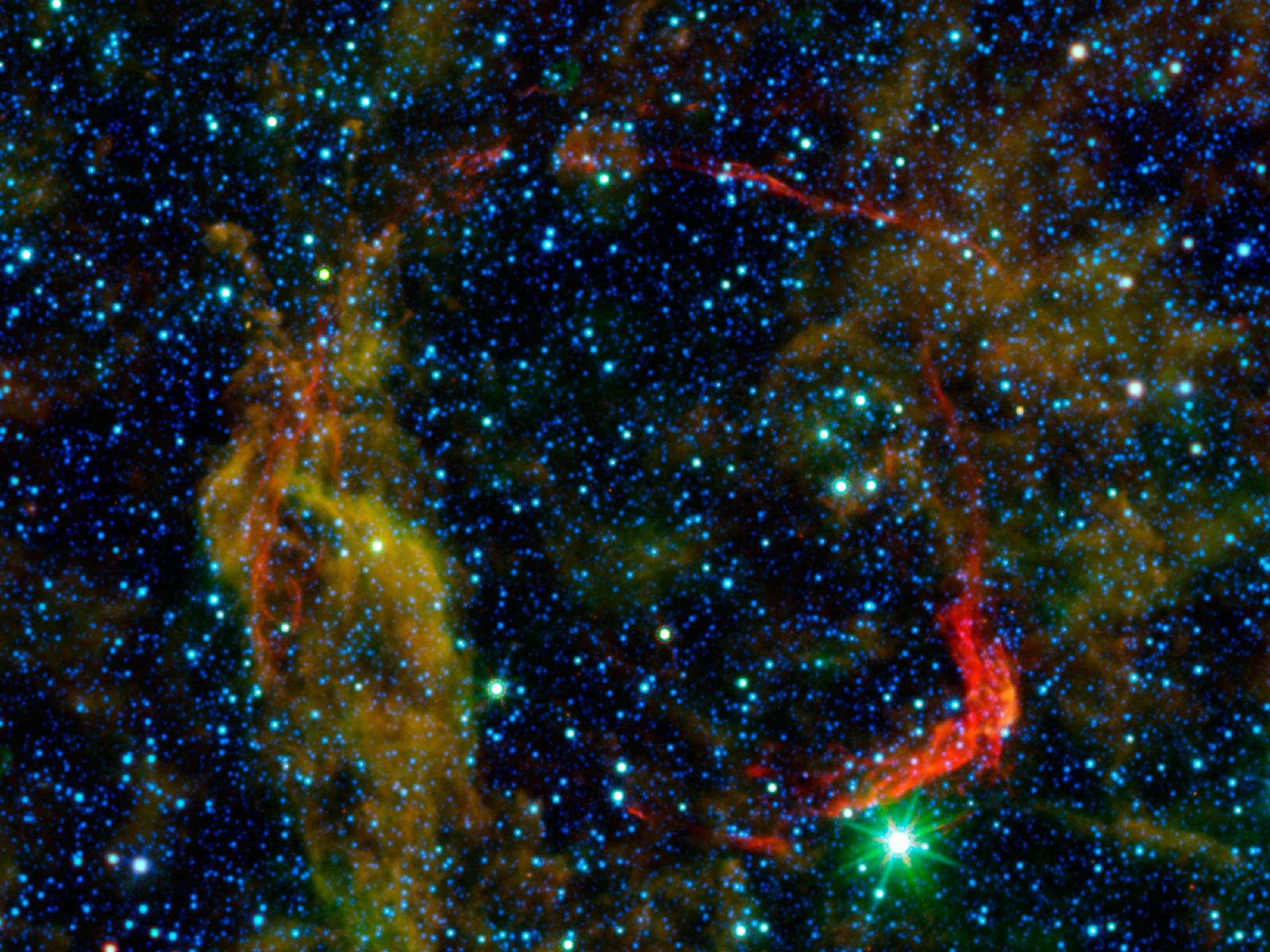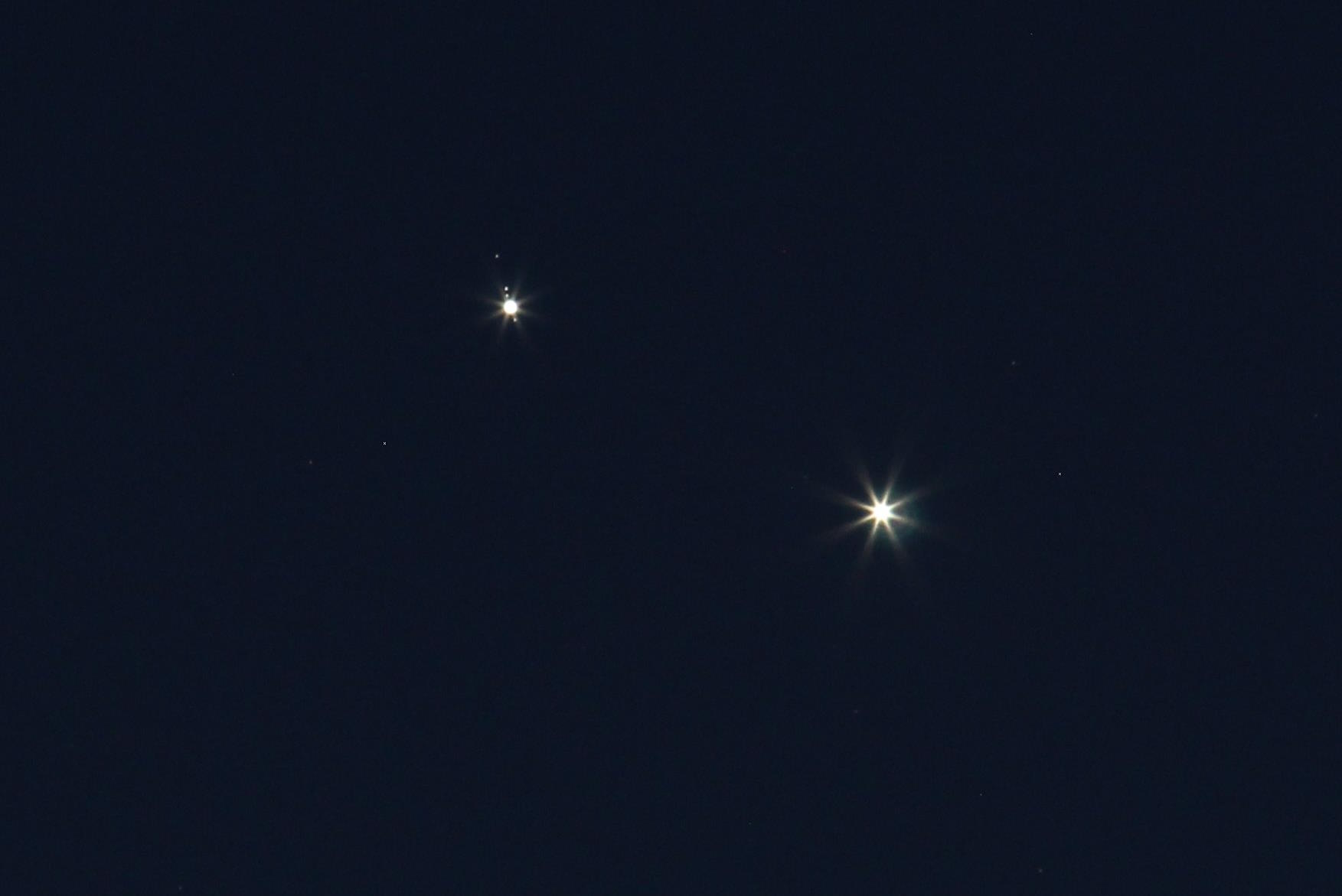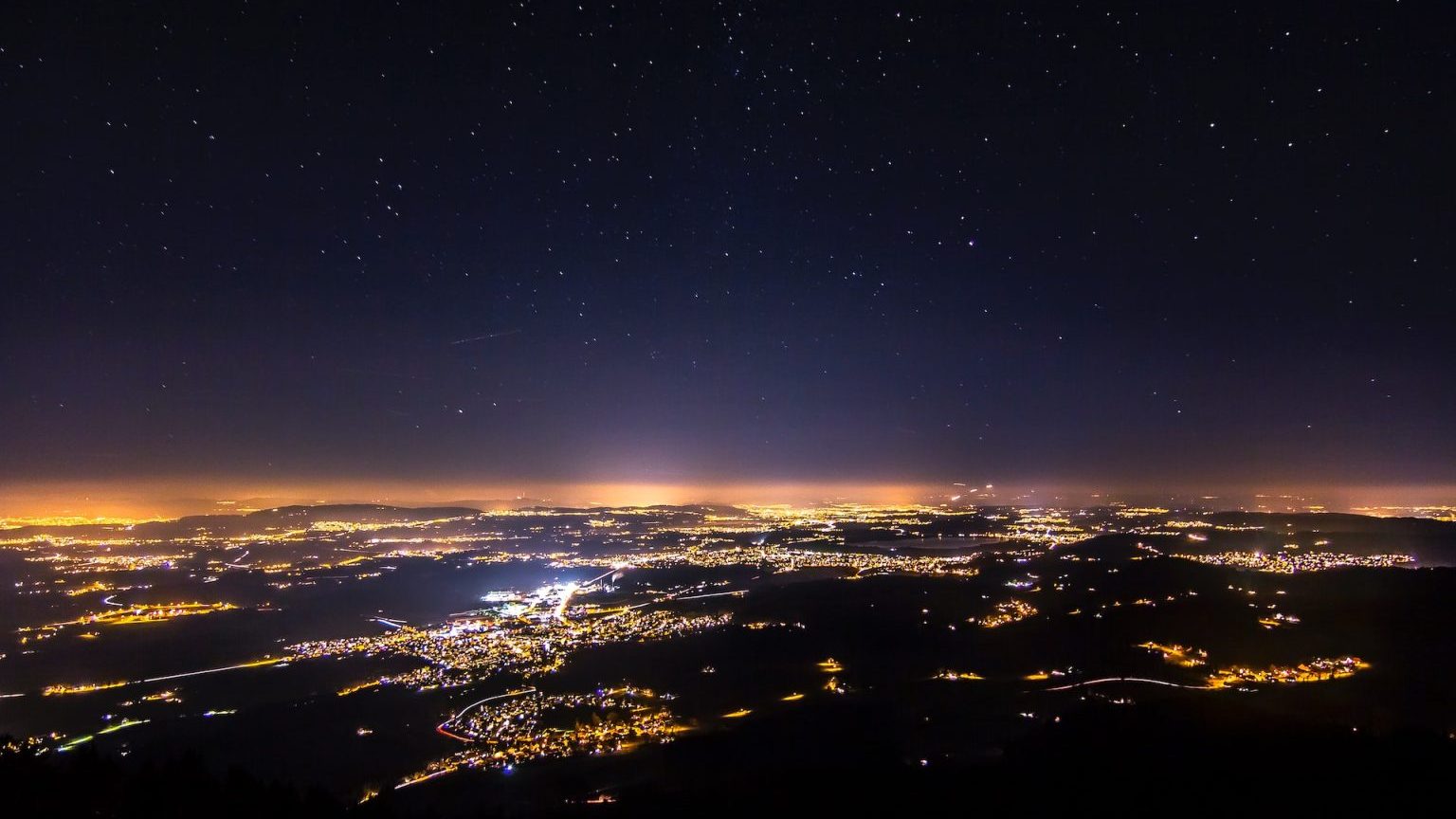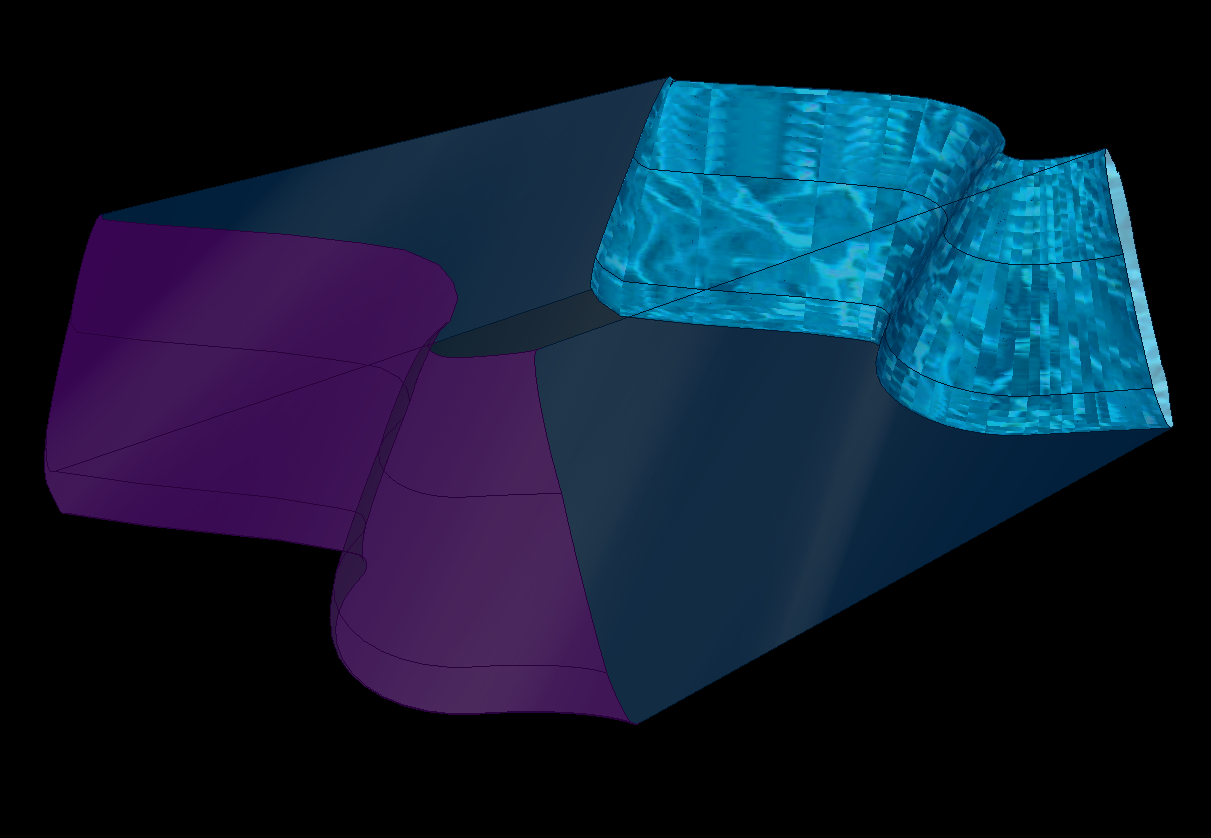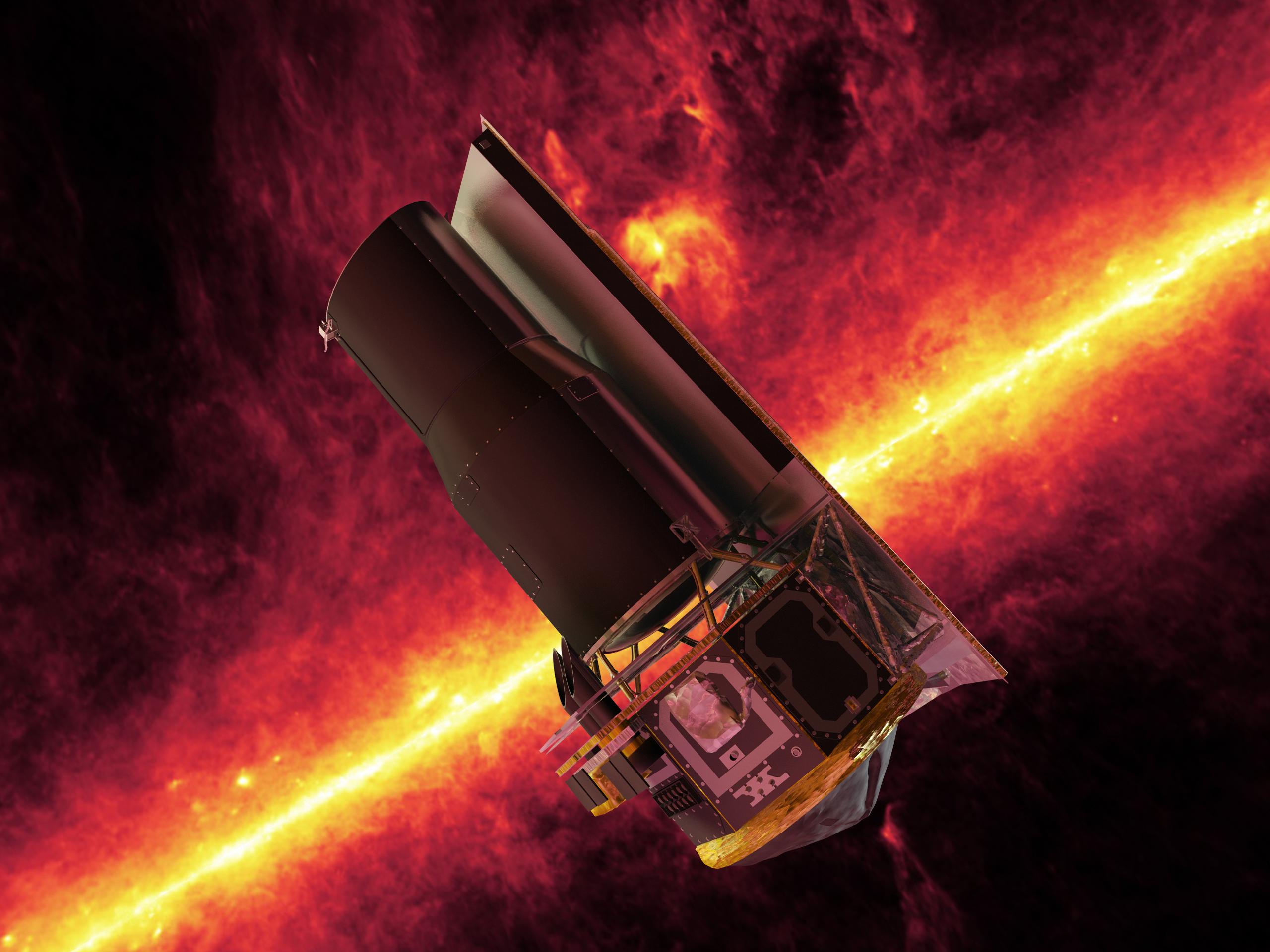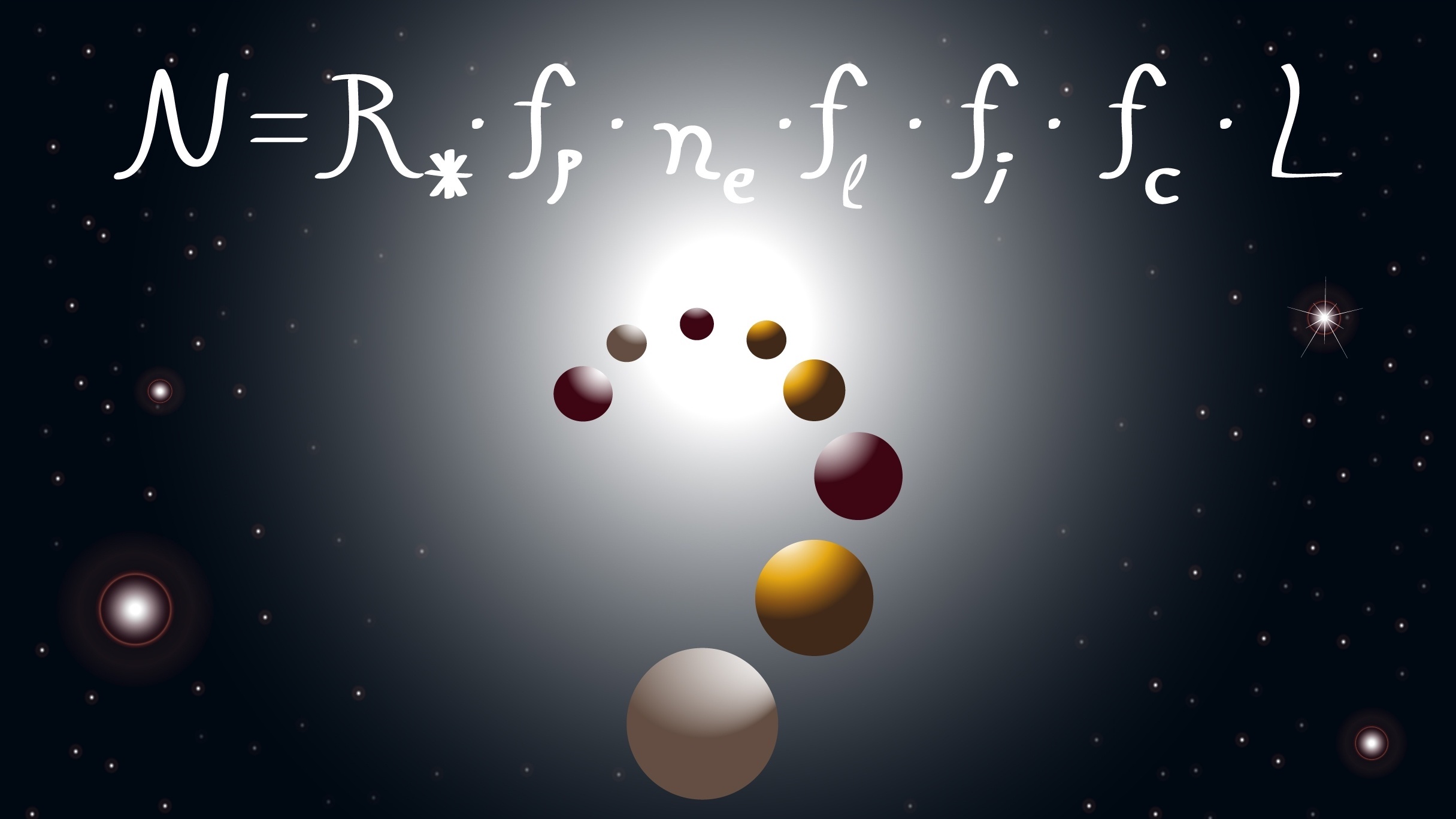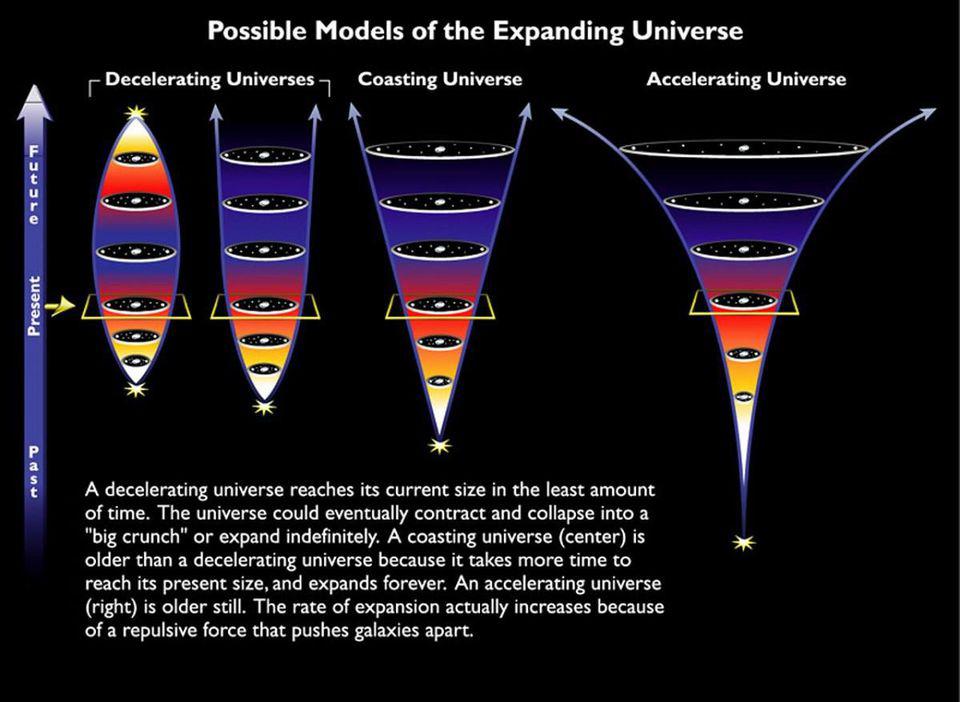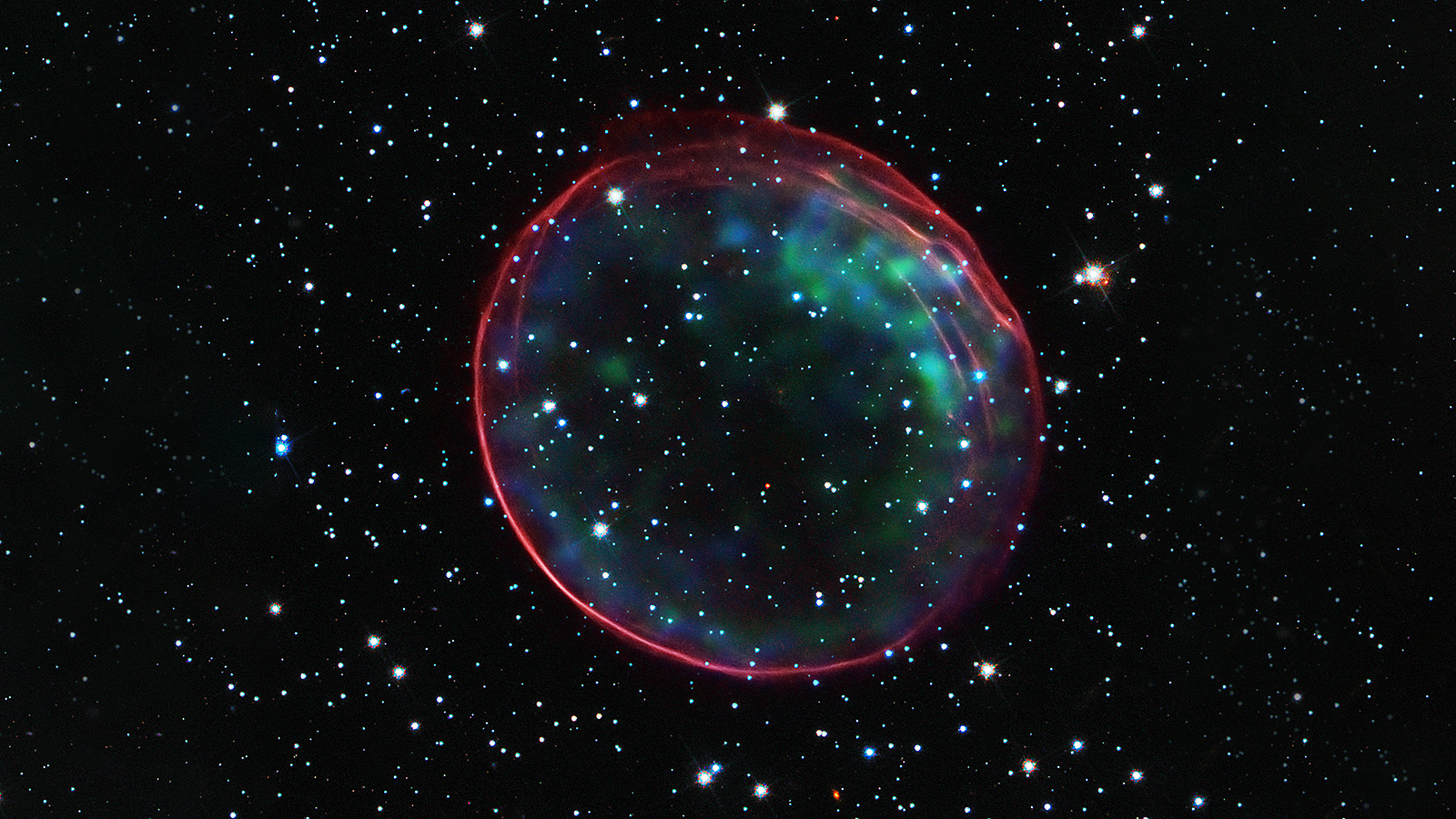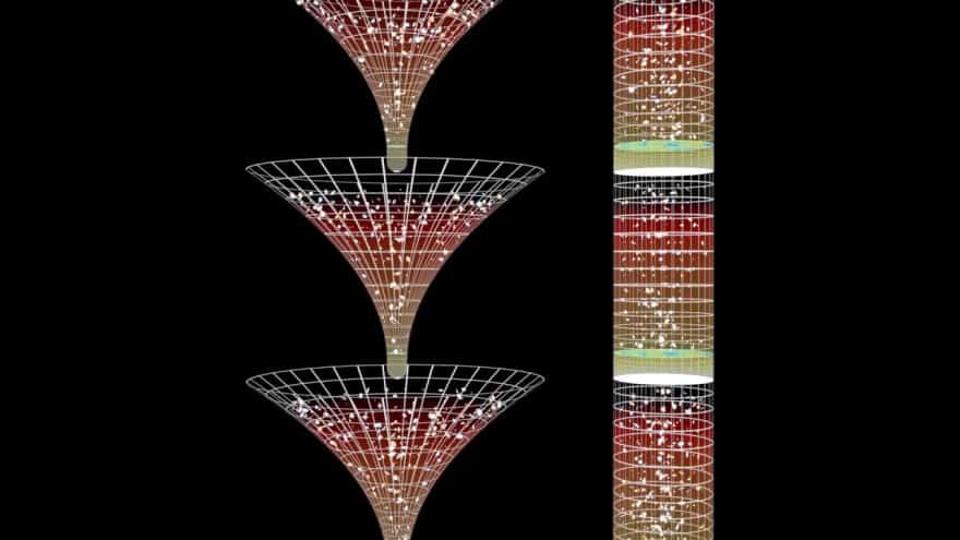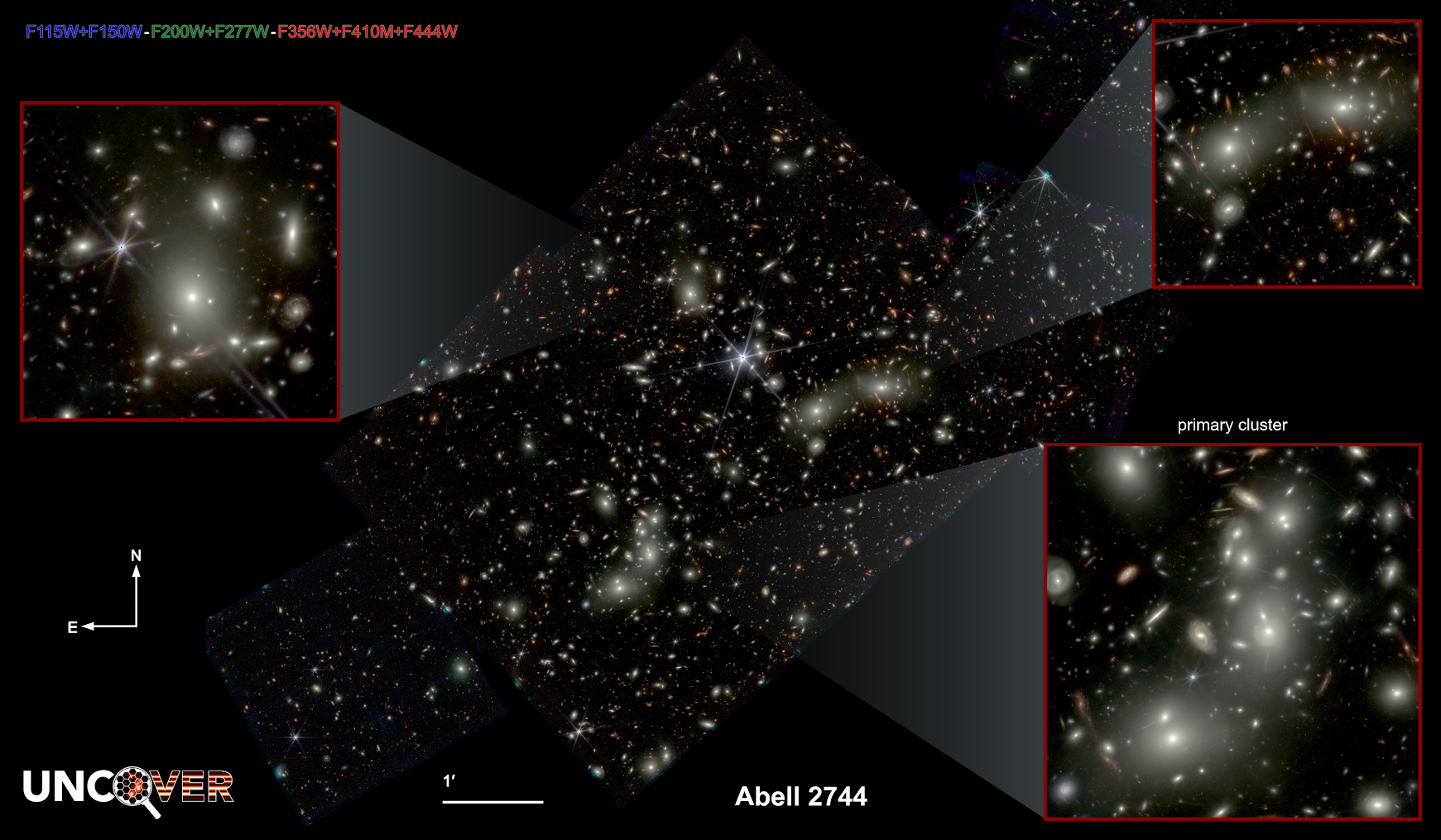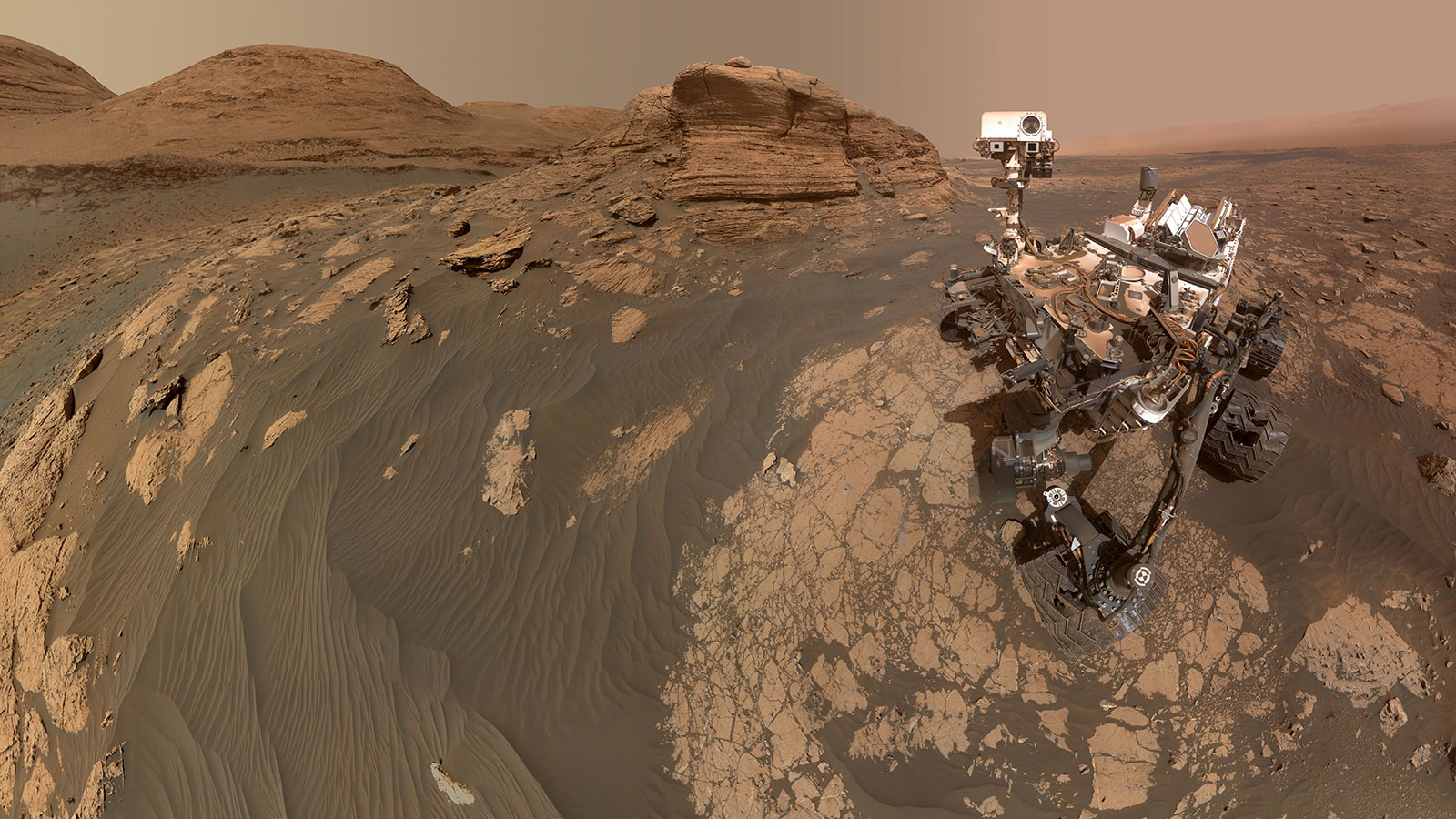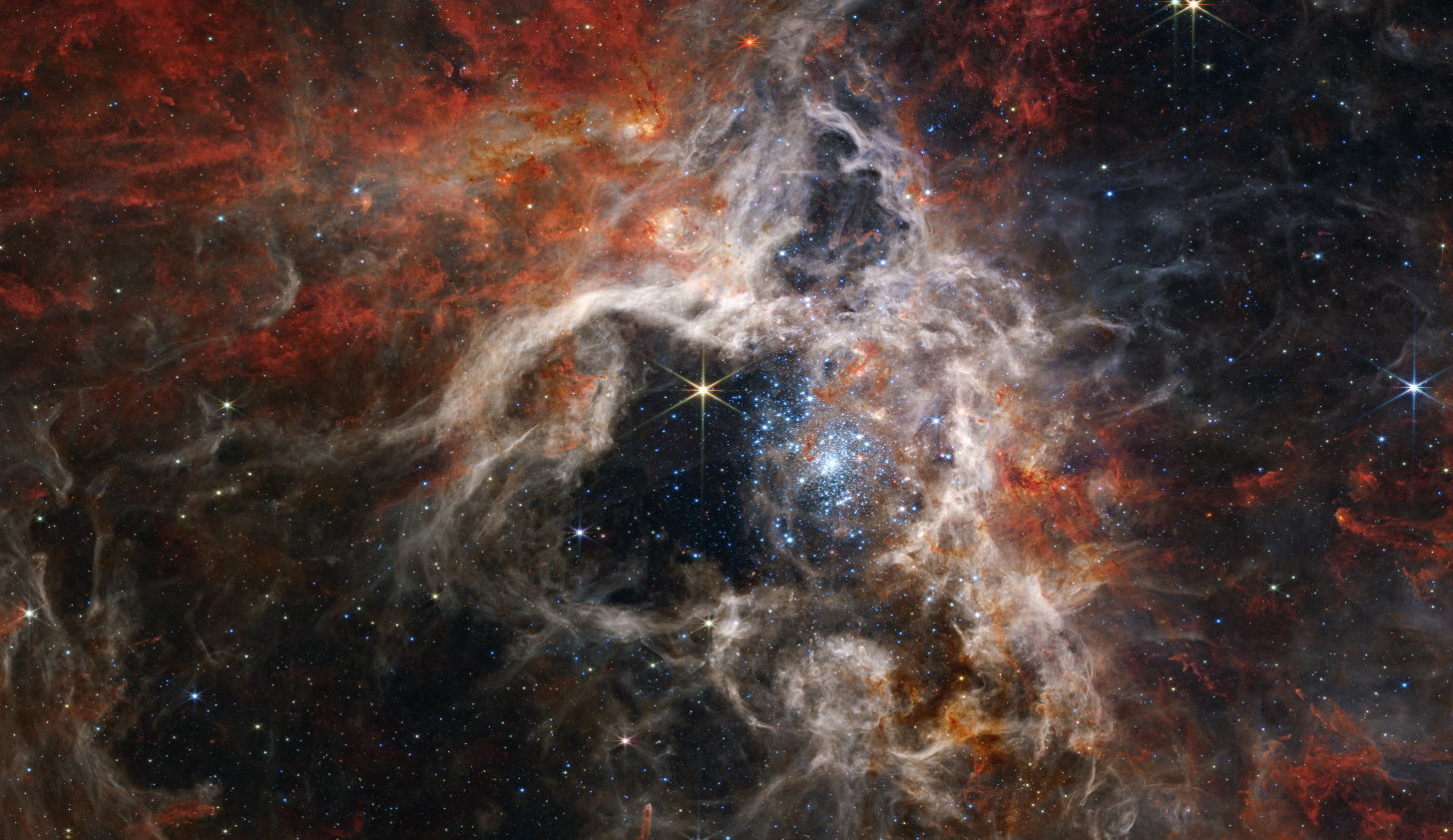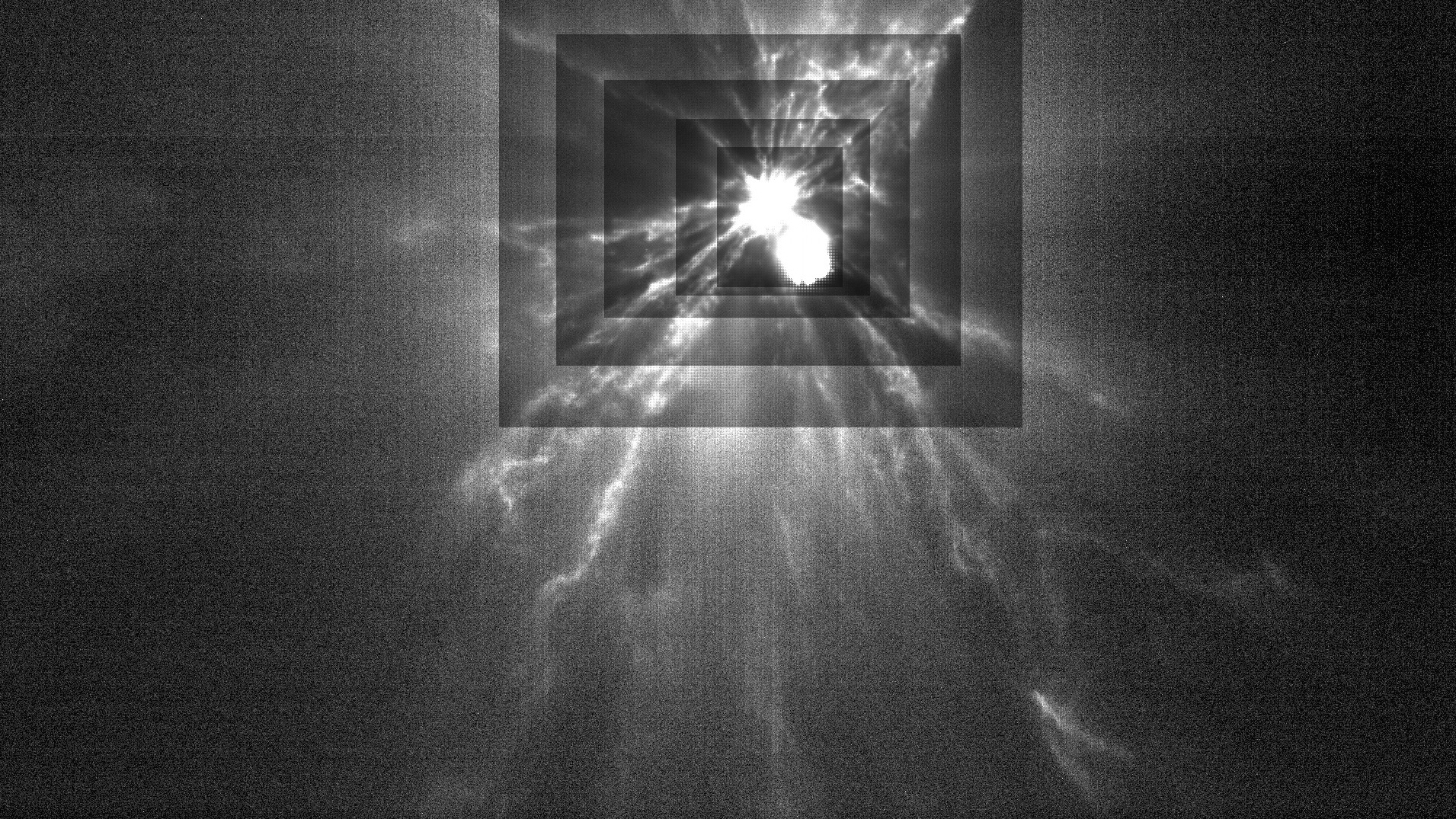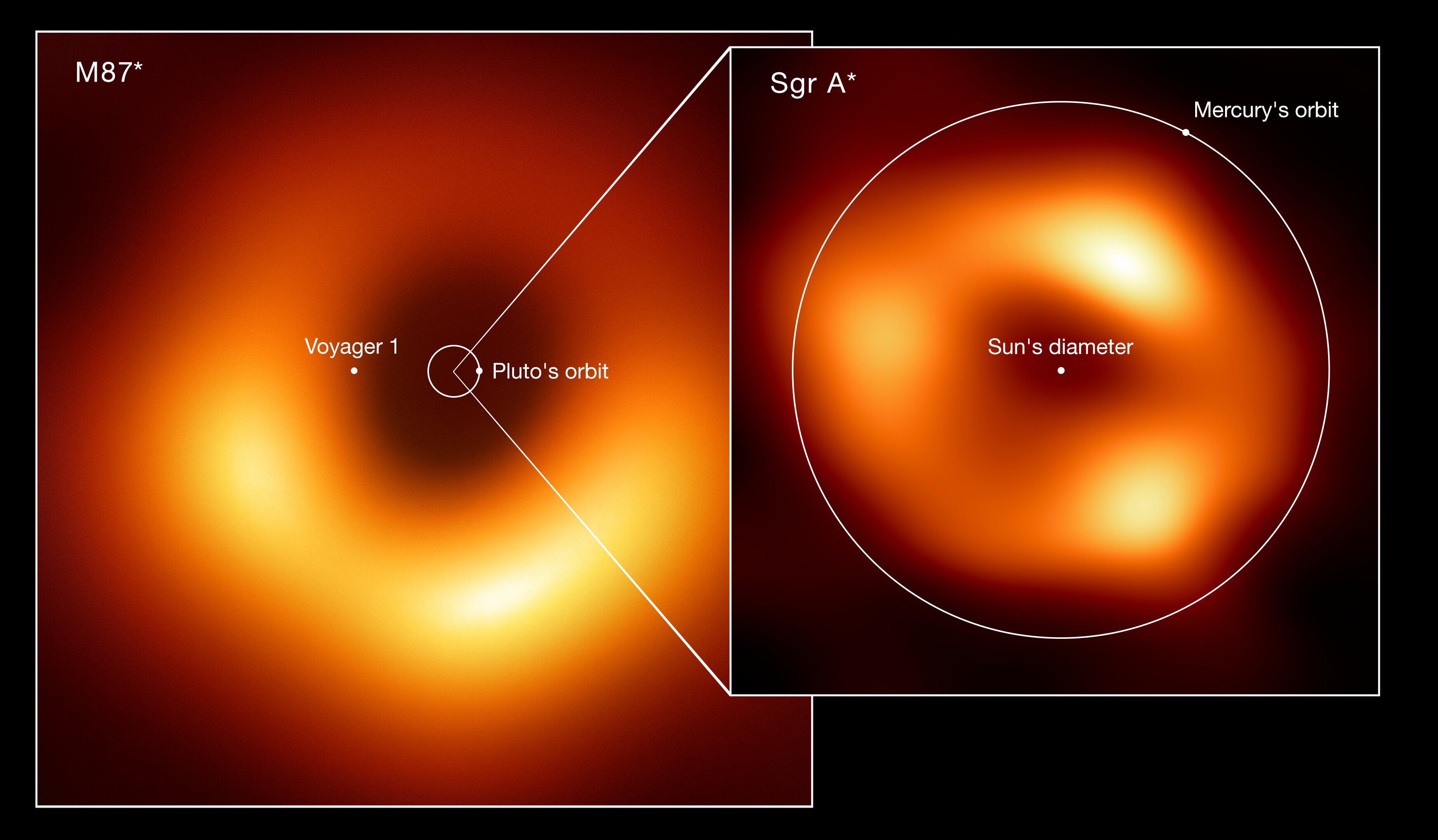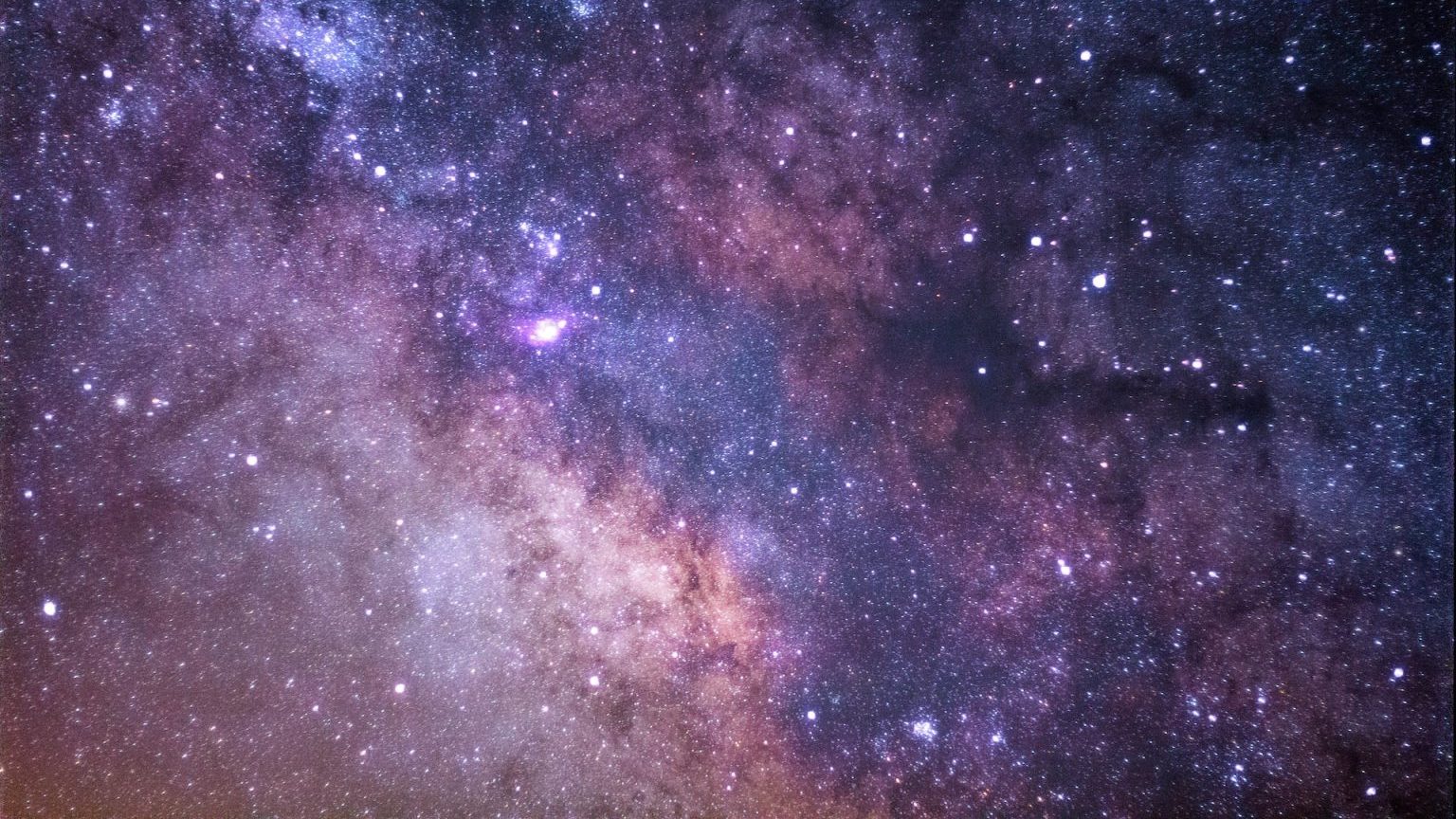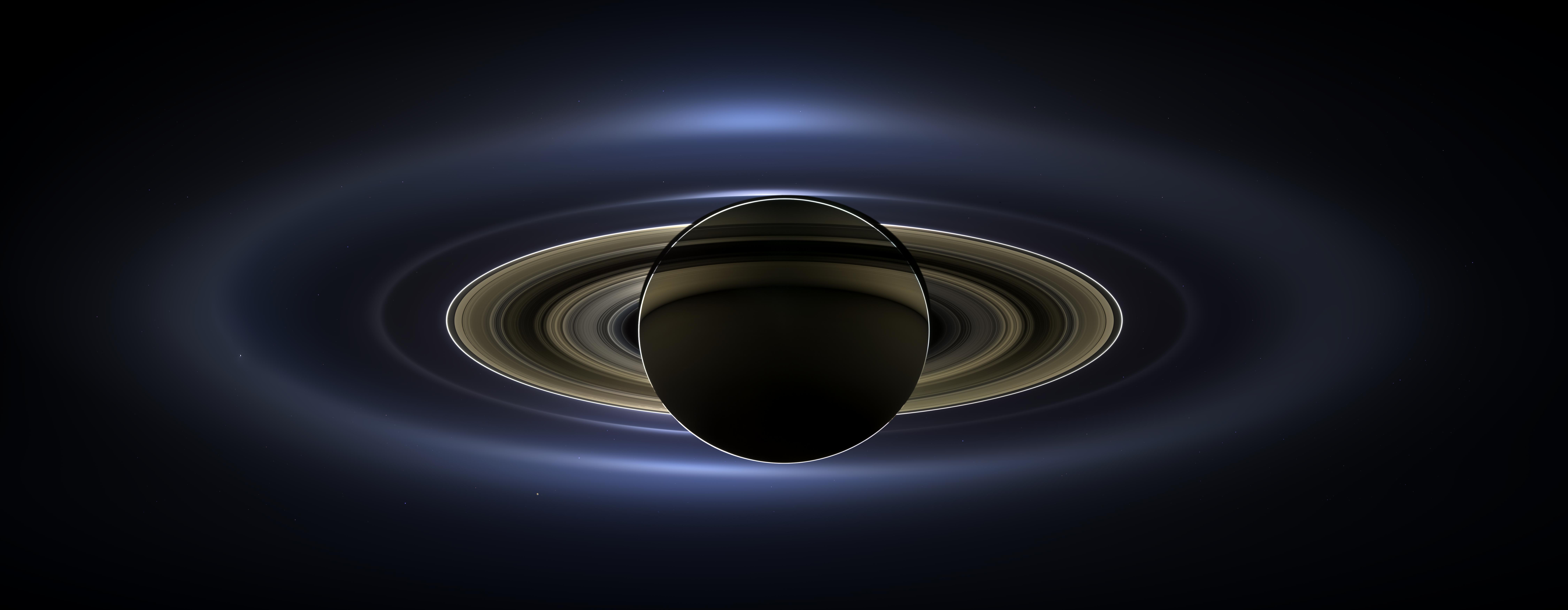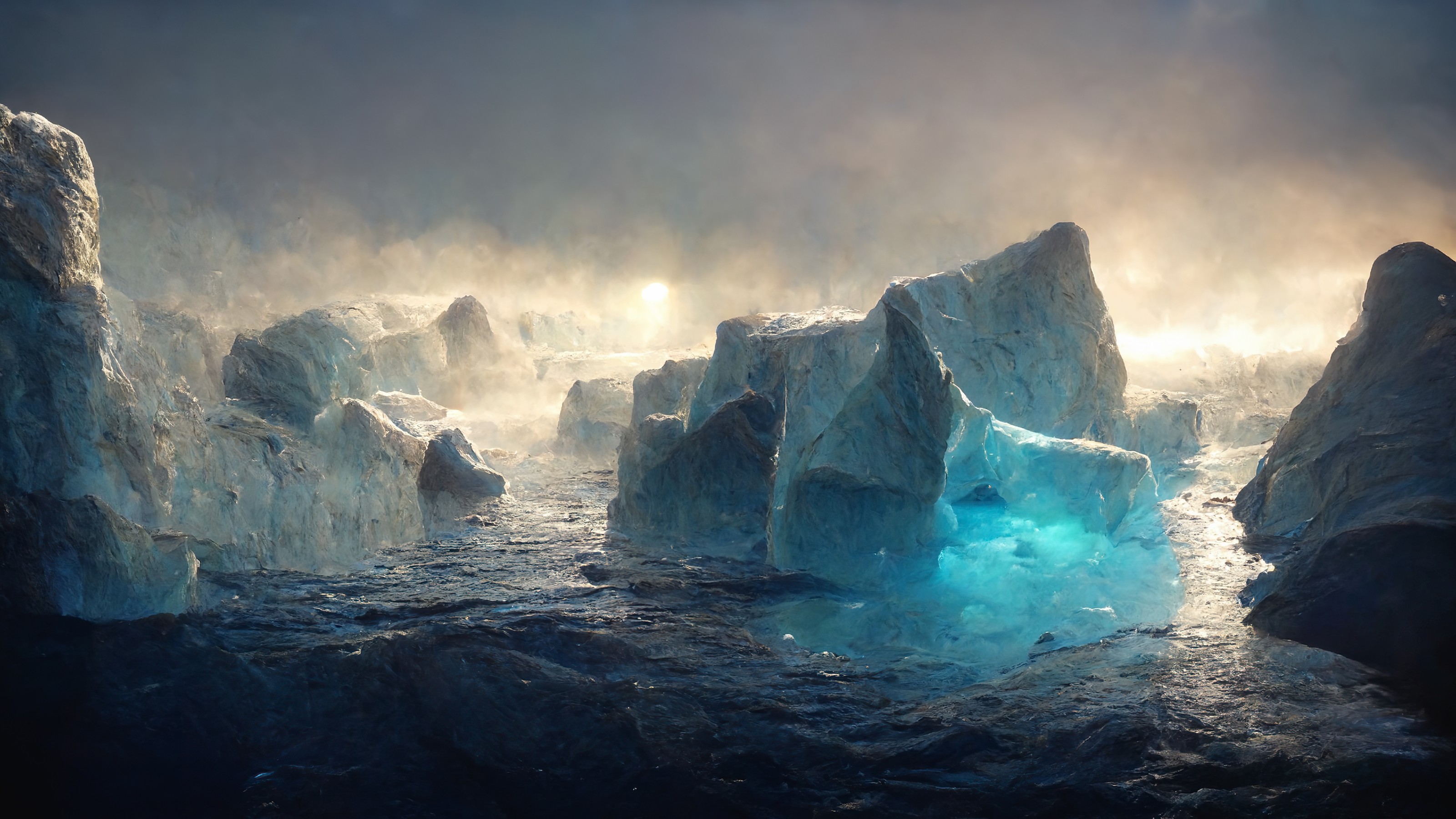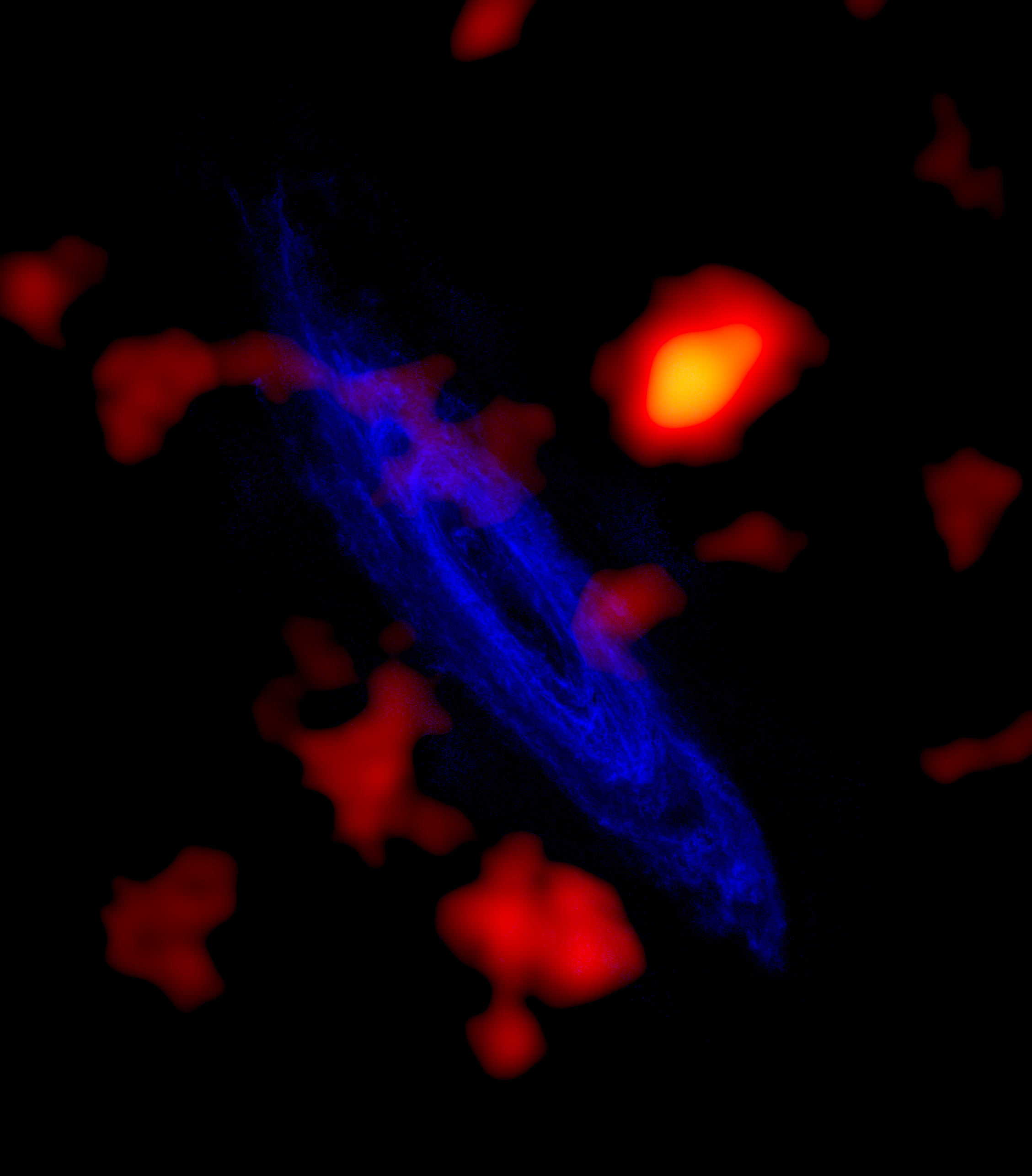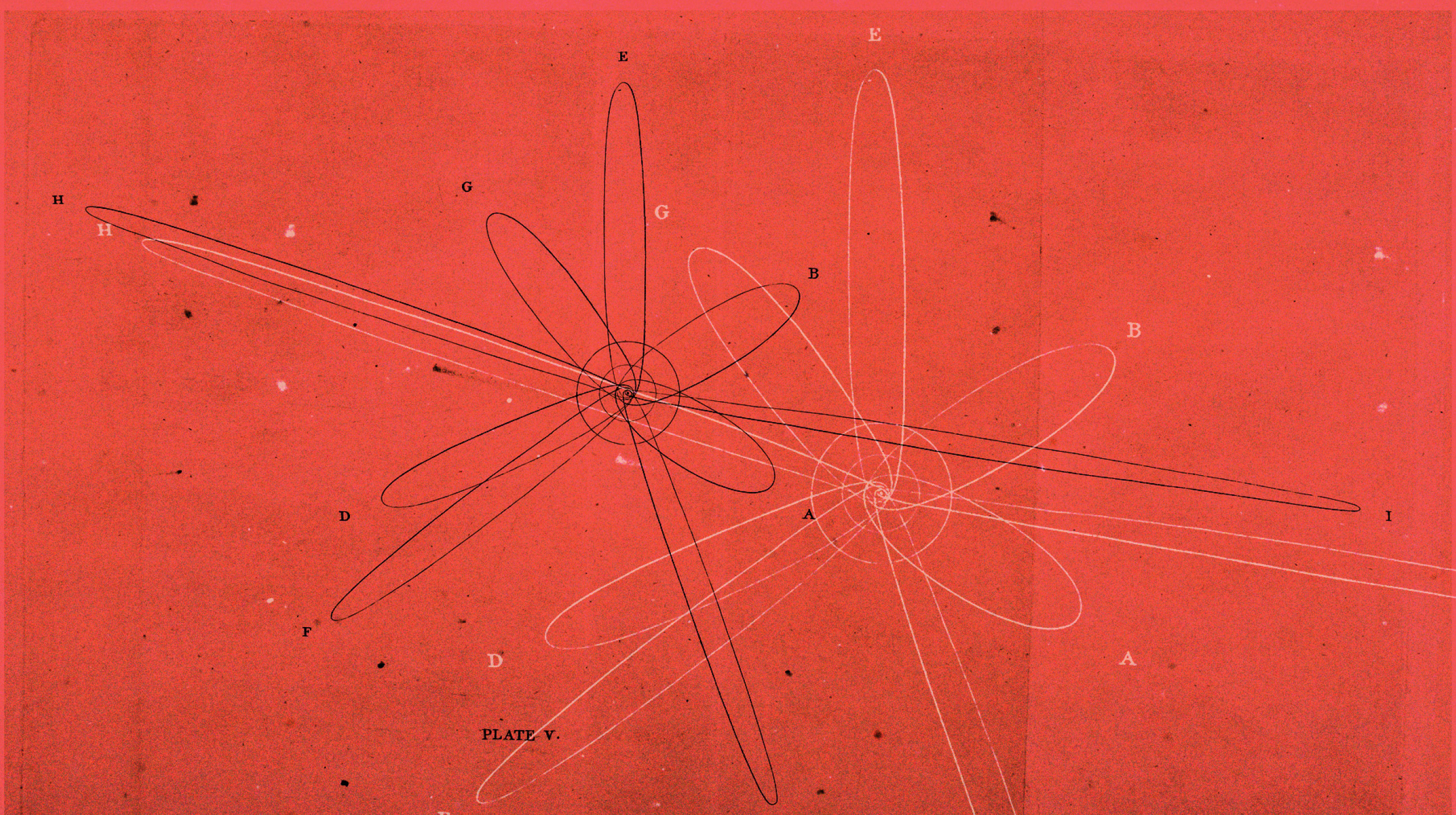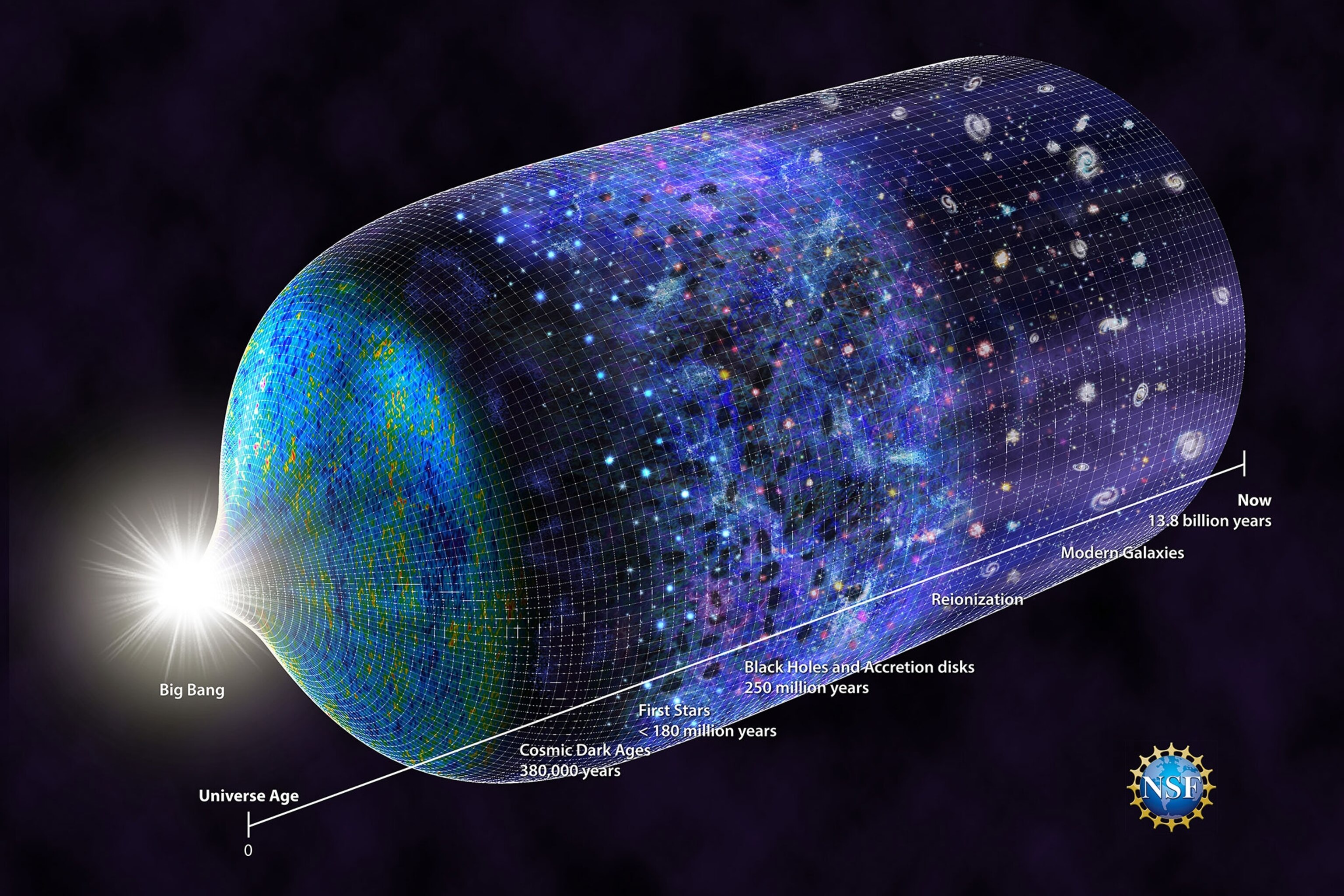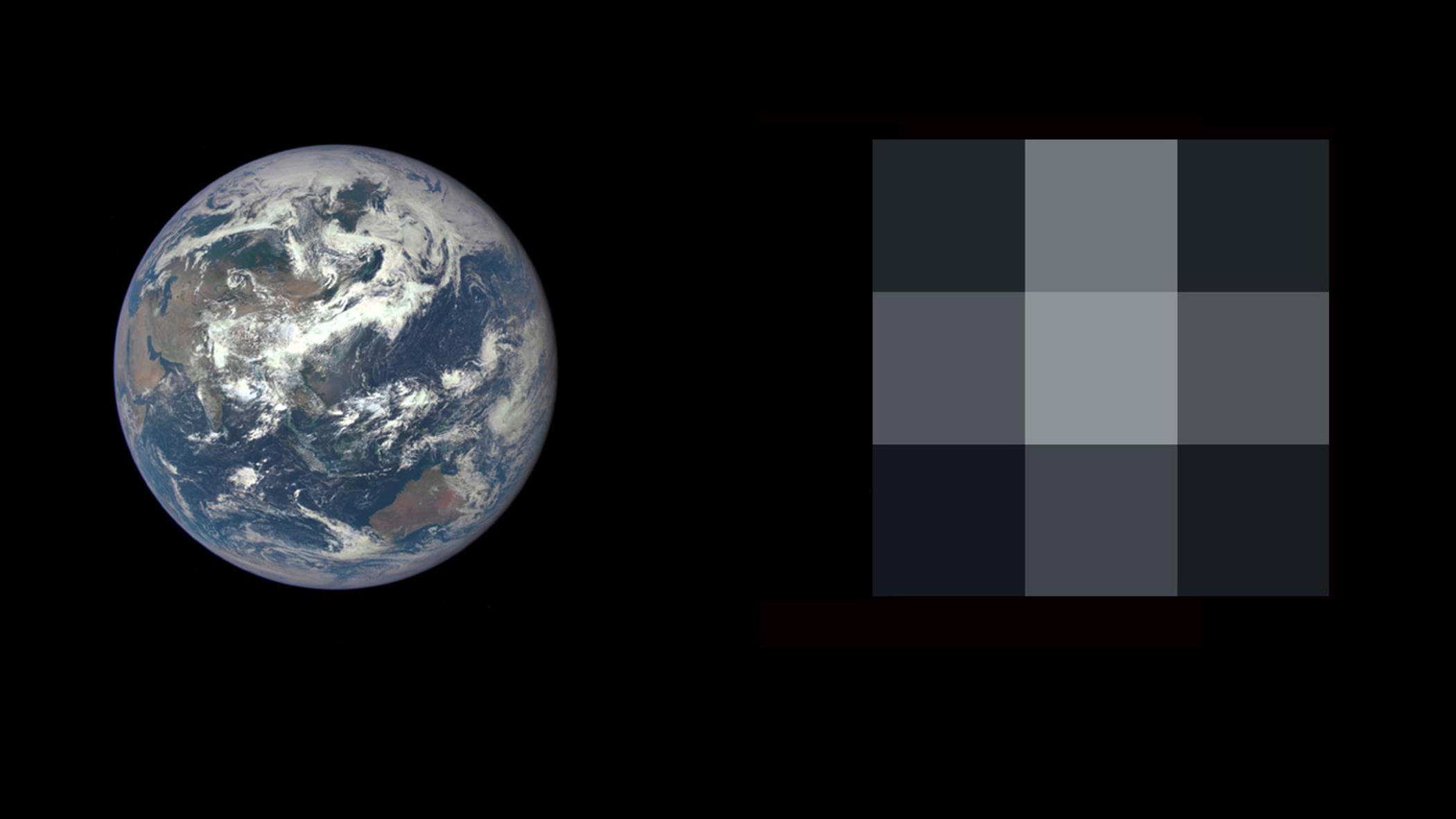Space & Astrophysics
Not even Einstein immediately knew the power of the equations he gave us.
The zero-point energy of empty space is not zero. Even with all the physics we know, we have no idea how to calculate what it ought to be.
What kind of object will you form? What will its fate be? How long will a star live? Almost everything is determined by mass alone.
If stars don’t go supernova at first, they can get a second chance after becoming a white dwarf. But can their companions survive?
The road to intelligent life is a series of hard steps.
In our Solar System, even the two brightest planets frequently align in our skies. But only rarely is it spectacularly visible from Earth.
All human development, from large cities to small towns, shines light into the night sky.
Unless you confront your theory with what’s actually out there in the Universe, you’re playing in the sandbox, not engaging in science.
JWST’s revolutionary views arrive in high-resolution at infrared wavelengths. Without NASA’s Spitzer first, it wouldn’t have been possible.
The Fermi paradox (along with the subsequent Drake equation) is so difficult that even brilliant thinkers can make little dent in it.
Dark energy is one of the biggest mysteries in all the Universe. Is there some way to avoid “having to live with it?”
Some of them have survived the wilds of space for billions of years.
Nobel Laureate Roger Penrose, famed for his work on black holes, claims we’ve seen evidence from a prior Universe. Only, we haven’t.
ChatGPT doesn’t understand physics, but it memorizes very well and puts in extra effort.
An incredible composite image of Pandora’s Cluster, Abell 2744, simultaneously showcases both our impressive knowledge and vast ignorance.
We may have discovered alien life already but rejected the evidence too quickly because it seemed false at first glance.
The glorious sights that JWST keeps revealing are less than a millionth of the whole Universe. Just imagine what else is out there.
You can’t throw a DART at everything in space.
Since its observation discovery in the 1990s, dark energy has been one of science’s biggest mysteries. Could black holes be the cause?
From the Big Bang to dark energy, knowledge of the cosmos has sped up in the past century — but big questions linger.
The secret ingredient is violence, and it just might indicate that “moonmoons” aren’t as uncommon as most astronomers think.
Generations ago, cosmologists asserted that the Universe might not just be the same in all directions, but at all times. But is that true?
Some microbes can withstand Earth’s most inhospitable corners, hinting that life may be able to survive similarly extreme conditions on other worlds.
A fascinating 90 minute podcast between Dr. Ivanna Escala and Ethan Siegel on Starts With A Bang!
The answer to the age-old philosophical question of whether there is meaning in the Universe may ultimately rest upon the power of information.
From the earliest stages of the hot Big Bang (and even before) to our dark energy-dominated present, how and when did the Universe grow up?
The solution involves the infamous Navier-Stokes equations, which are so difficult, there is a $1-million prize for solving them.
If it weren’t for the intricate rules of quantum physics, we wouldn’t have formed neutral atoms “only” ~380,000 years after the Big Bang.
NASA has finally chosen which flagship mission, like Hubble and JWST, will launch in ~2040. Detecting alien life is now a reachable goal.
